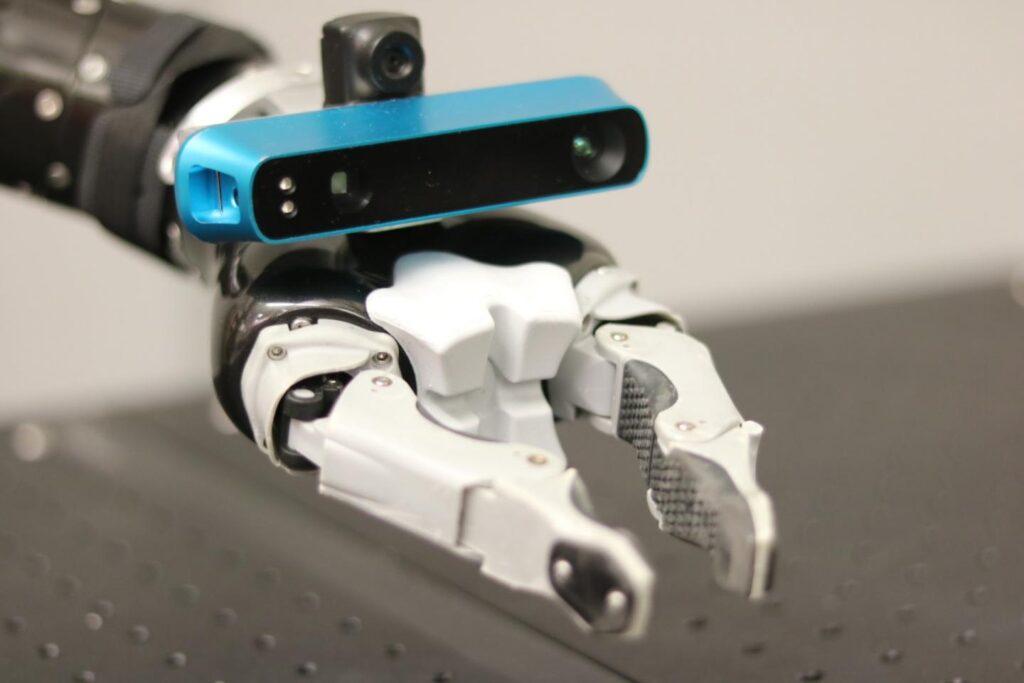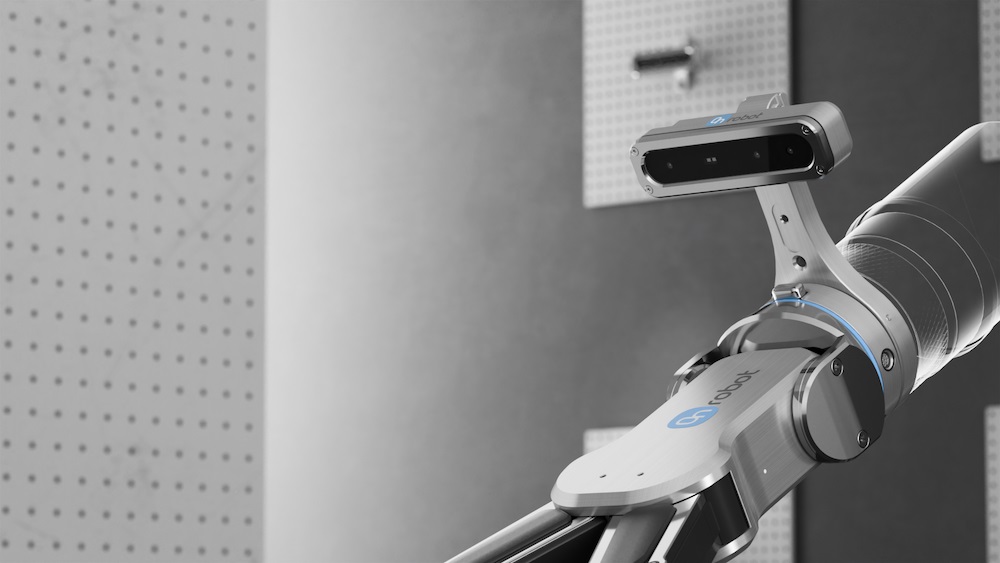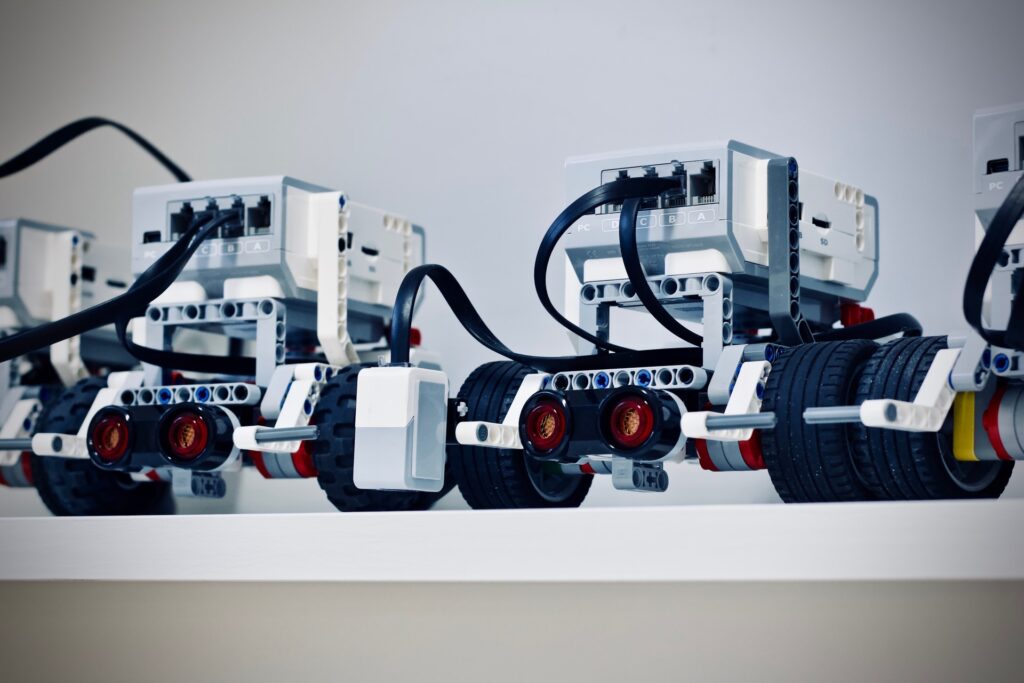Our society has come a long way. Only a few decades ago, we were unplugging cables from one port to plug it into another only to connect a telephone call. Nowadays, we’re travelling to outer space for fun.
None of this would’ve been possible without major advancements in science and technology. Almost every aspect of our lives is beyond recognizable compared to the life we lived only 40 to 50 years ago.
When we look at the past, it is obvious that we, as humans, have always been fascinated by robots, flying cars, or something along those lines. While we are still a few decades away from flying, hovering cars, robots aren’t a thing of the future anymore. They’ve been a part of our society for quite some time now.
Do Robots Really Surround Us?

Naturally, we’re not talking about “I, Robot” robots or the “Transformers”. We’re talking about the machinery that can help and assist humans. For instance, we no longer have to send in a human in a bomb suit to deactivate a possible threat. Instead, we send in a robot – a robot equipped with many neat components like motors, actuators, grippers, and even cameras.
Giving robots a vision wasn’t easy – so let’s talk about that. It started small. But, as time went by, we’ve upgraded to HD cameras. And, once we were done upgrading to crystal clear imagery, we’ve moved on to equipping modern-day robots with 3D cameras. Now, 3D cameras aren’t quite capable of shooting in HD, so why did we take a step back in terms of image quality? Well, to answer that question, we have to understand what else 3D cameras bring to the world of robotics and to do so, we have to back up a bit.
What Are Robotics?
According to Wikipedia, robotics is an interdisciplinary branch of computer science and engineering, and it involves the design, construction, operation, and use of robots. Sounds simple enough, doesn’t it?
The thing we have to understand is that robots aren’t only the machines we see in movies. Robotics is a much more sophisticated field, and it integrates many different fields. Mechanical, electrical and information engineering are only some of the fields that are associated with robotics. The same goes for mechatronics, electronics, bioengineering, computer engineering, software engineering, mathematics, etc.
With all of this in mind, it becomes obvious just how many robots are in our midst and how much work they do. But, enough about robots and robotics. Let’s talk about 3D cameras.
What Are 3D Cameras?

A 3D camera is an imaging device that enables the perception of depth in images to replicate three dimensions as experienced through human binocular vision. That is why 3D cameras use more than a single lens to capture an image. Most 3D cameras use two or more lenses to capture and record several points of view. Then, by combining those captured perspectives, we get an image with depth perception.
The basic principle behind a 3D camera is that of human eyes. We are able to perceive space and depth because both our eyes capture a slightly different perspective from one another, and that’s exactly what 3D cameras are trying to replicate. This principle is called stereoscopy.
Why Are 3D Cameras Better Than 2D?
3D cameras in robotics allow the robots to have what is called 3D machine vision. Now, we have already said that 3D cameras aren’t as crisp as 2D ones, so why would we make the switch? Well, image quality does not really matter in applied robotics. The things that matter more are accuracy, speed, flexibility and adaptability, and when it comes to those, 3D imagery knocks 2D out of the park.
Now, we’re not saying that 2D vision isn’t good. If it weren’t good, we wouldn’t have been using it for decades at this point, wouldn’t we? 2D vision in robotics is quite good. We still rely on it, and we will continue to rely on it for a really long time. However, 2D vision is quite limiting.
With 2D vision, you can only perceive the world as a flat surface because that’s the image you’re getting. That makes inspection of the captured elements quite problematic. The only things you can rely on for information are colour and brightness, which is why the image quality needs to be superior. You need as much information captured if you want to somewhat properly analyze the objects on that image.
But, that also requires incredibly complex algorithms because even though we may deduce what the captured object looks like in 3D – a robot can’t.
That’s where 3D cameras come in. Even though you will still require complex algorithms to analyze and process an image, but the end results will be much more precise and accurate. Sure, the processing will be a lot more power-hungry and intensive because you’re working with more information, but that’s nothing modern-day robot chips can’t handle.
Application Of 3D Cameras In Robotics

By having an extra perspective to analyze, 3D camera-equipped robots can do more than 2D ones. For instance, bin picking is one of the “tests” that prove just how much of a difference a 3D camera makes. The basic principle is that a robot must choose a particular object, figure out how to grip it, and move it from point A to B.
If the lighting’s off, the 2D camera-equipped robot will struggle with this task. On the other hand, a robot with 3D vision isn’t dependent on it because it can perceive depth more accurately, which allows it to easily pick out a certain object from the bunch and fulfil its task. Even though this might seem like a simple task and a small feat, the applications of this alone are incredible – from automated assembly lines to bomb-defusing robots with incredible precision.
In addition to that, here are a few other tasks and scenarios that prove a 3D camera’s worth in the field of robotics.
- Fast, precise and accurate height, volume and thickness measurements
- Dimensioning and space management
- Fast, precise and accurate measuring of shapes, holes, angles and curves
- Detection of defective objects or surfaces in assembly lines – quality control
- Quality control against 3D CAD models
- Scanning and digitization of objects
- Guidance and surface tracking
Conclusion:
Even though we’re only scratching the surface with modern-day robots, whether we’re talking industrial or bio-inspired robotics, it is clear that 3D cameras have a bright future in this field. Humans are visual beings, and by that same logic, man-made robots will probably be the same.
Related Posts:
- 12 Easy Mirrorless Camera Tips to Help You Become a…
- WYZE CAMERA: Do You Really Need It? This Will Help…
- The Importance Of Social Media Moderation For Your Business
- Preserving Your Family’s History: The Importance of…
- The Importance of Reliability: Evaluating Car Brands…
- Importance of Fast Internet Connection for a Business







